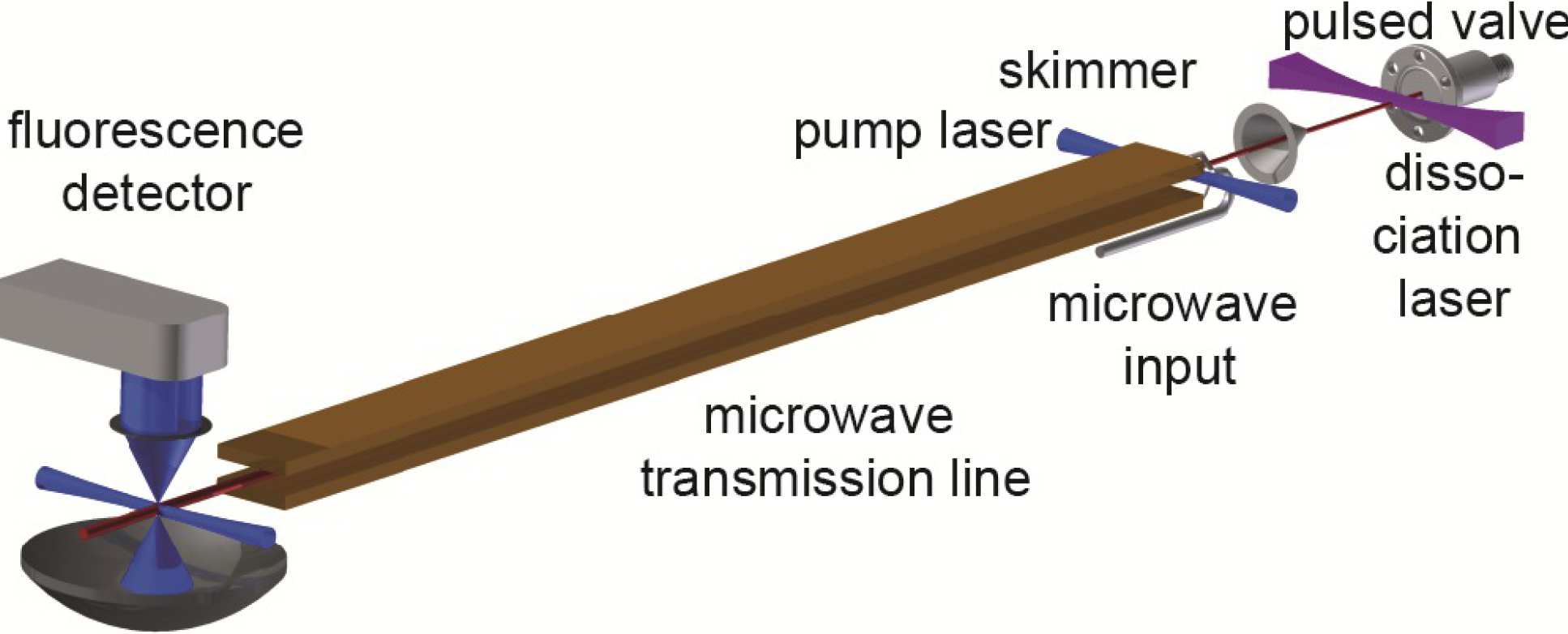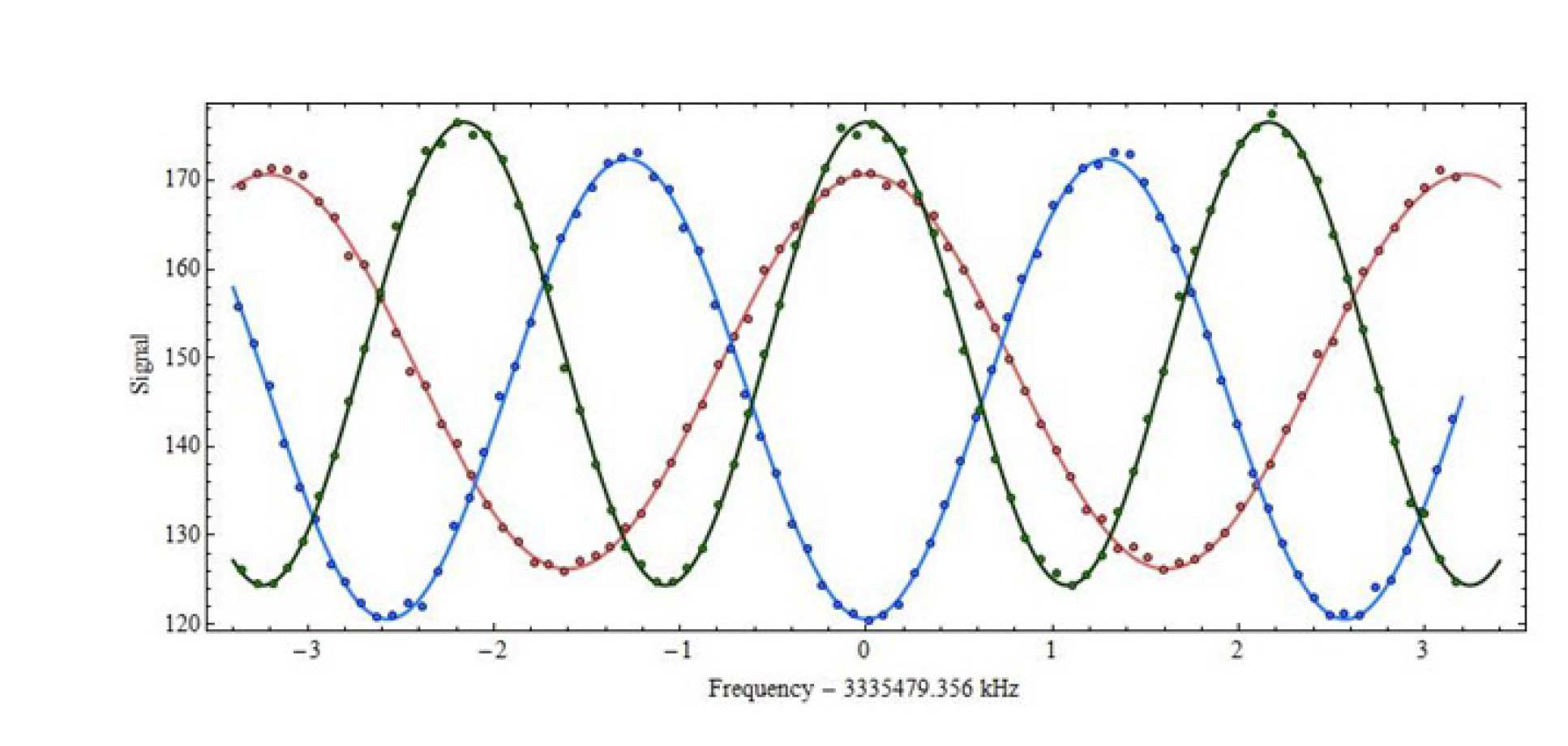In some theories the fundamental constants are not constants at all but are gradually varying over a very long timescale. There are already some experimental hints that the fundamental constants may have had different values in the past. Some atoms and molecules are abundant in space in regions of the universe that are very distant from us. It is possible to detect the spectrum of light that they emitted millions of years ago. By comparing the frequencies of these spectral lines to the values they have today, the constancy of the constants can be tested. Certain transitions in certain molecules are found to be particularly sensitive to the values of the constants - a small fractional change in the fundamental constant produces a large fractional change in the transition frequency. Such systems offer high sensitivity to changing fundamental constants.
Time Varying Fundamental Constants
- Microwave transitions in CH
- Constraining variation of the fundamental constants
- Outlook
- Further reading
There are microwave transitions in CH which are particularly sensitive to a variation in the fine structure constant and to a variation in the electron-to-proton mass ratio. These are the lambda-doubling transitions in the ground and first rotationally excited state. We are measuring these to high precision using the setup shown below.
 A supersonic beam of CH is produced by photo-dissociation of bromoform seeded in a noble gas. The beam passes between a pair of plates that act as a microwave transmission line. Here, the microwave transition can be driven. We use the Ramsey method of separated oscillatory fields to measure the transition frequencies to high precision. The final state of the molecule is deteted by laser-induced fluorescence.
A supersonic beam of CH is produced by photo-dissociation of bromoform seeded in a noble gas. The beam passes between a pair of plates that act as a microwave transmission line. Here, the microwave transition can be driven. We use the Ramsey method of separated oscillatory fields to measure the transition frequencies to high precision. The final state of the molecule is deteted by laser-induced fluorescence.
The data shows the Ramsey oscillations in the detected molecule number as the frequency of the microwaves is varied. There are three datasets corresponding to three different free evolution times between the two microwave pulses.

We have used this method to measure the frequencies of the Lambda-doubling transitions in the ground state and first excited state of CH with an accuracy of 3 Hz. We have then compared our laboratory frequencies with those measured by radio-astronomy, looking at numerous interstellar clouds in the Milky Way, where the density is about 19 orders of magnitude smaller than on Earth.. This allows us to test the hypothesis that the fundamental constants may depend on the local matter density, as suggested by some theories of dark energy. We find no difference between the frequencies measured on Earth and in these interstellar clouds. This allows us to set limits on the possible variation of the fine structure constant and the electron-to-proton mass ratio.
We are excited about the possibility of greatly increasing the precision of this test by obtaining new astronomical data. We also hope that sources of CH at high red shift can be found, so that we can use this method to test whether the constants are changing with time or position.
A search for varying fundamental constants using hertz-level frequency measurements of cold CH molecules, S. Truppe, R.J. Hendricks, S.K. Tokunaga, H.J. Lewandowski, M.G. Kozlov, Christian Henkel, E.A. Hinds and M.R. Tarbutt, Nat. Commun. 4, 2600 (2013)
Measurement of the lowest millimetre-wave transition frequency of the CH radical, S. Truppe, R.J. Hendricks, E.A. Hinds and M.R. Tarbutt, arXiv:1309.3301 (2013)